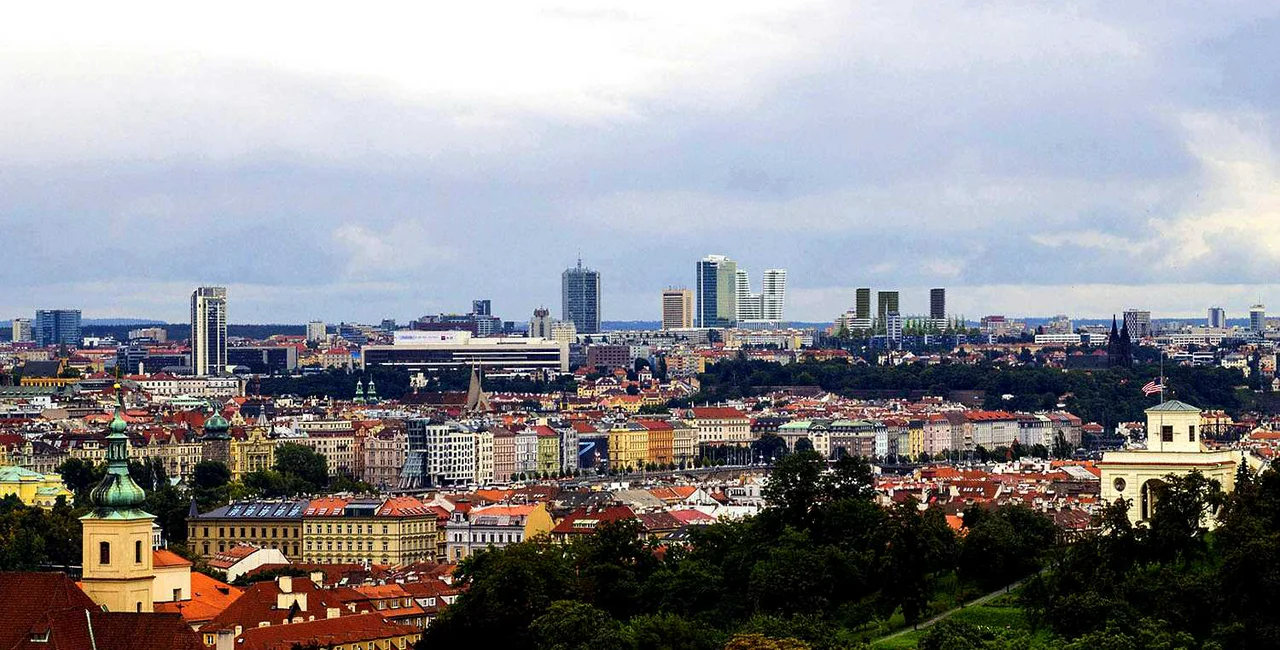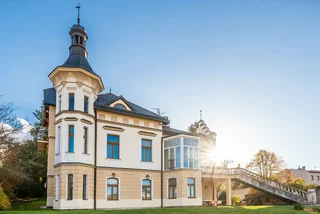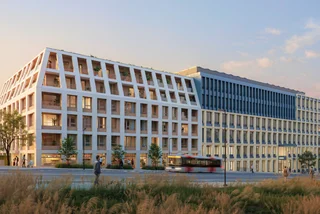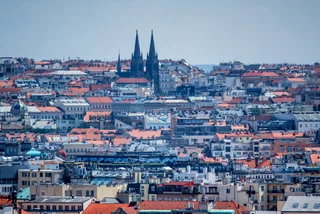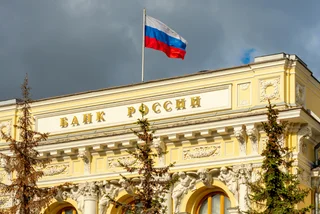Developer Central Group will reduce the height of the planned second stage of Rezidence Park Kavčí Hory by approximately 30 meters in reaction to repeated criticism from UNESCO. The presence of skyscrapers on Prague’s skyline has been an issue with maintaining the city center’s status as a UNESCO World Heritage Site.
The planned buildings would have extended the already existing zone of tall buildings in the Pankrác area, referred to as the Pentagon, or Little Manhattan.
“We commissioned architect Josef Pleskot to significantly reduce the maximum height of buildings during the second stage of the project from the originally designed 66 meters. Specifically, we have decided to reduce the maximum height by approximately 30 meters, or below the level of the surrounding Pankrác plains,” Central Group CEO Ladislav Váňa told the Ministry of Culture in February.
The original deadline to respond to the criticism from UNESCO was the end of January, with a later extension until the end of February, but UNESCO has not yet received an answer.
Culture Ministry spokeswoman Michaela Lagronová said he response should be sent soon. The answer will be based on a report on the state of care for the historical center of Prague, which was approved by Prague City Council last week.
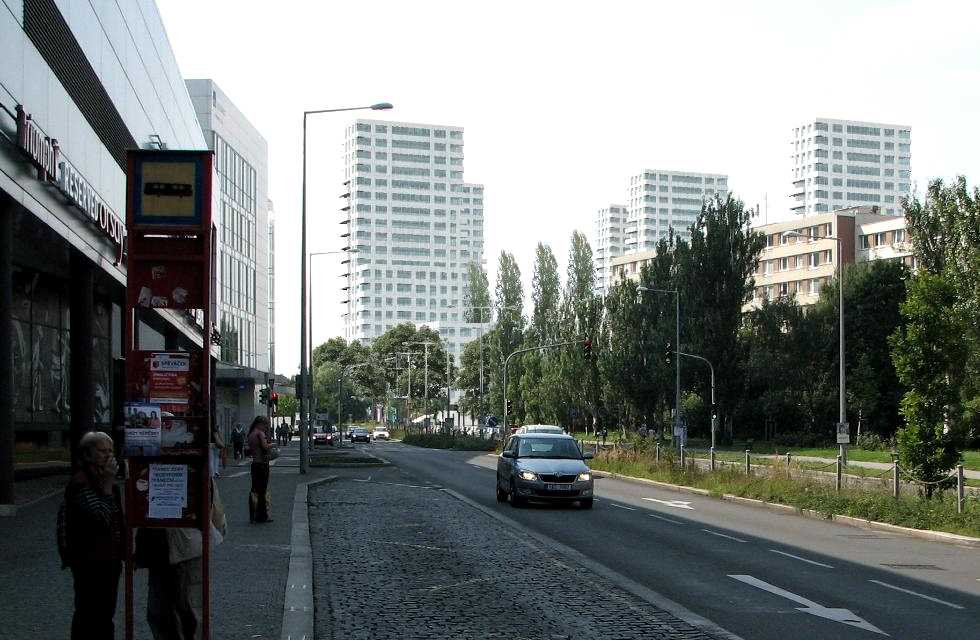
Central Group’s agreement comes from discussions with the Ministry of Culture, Prague City Hall and the Prague 4 administration.
“I believe that there will be a way to bring the architect Pleskot’s design closer to realization, even in a curtailed form, six years after the architectural competition,” Central Groups’s Váňa said, according to daily Pražský deník.
The changes only affect the second phase of the Rezidence Park Kavčí Hory. The first phase, which includes three towers, is unchanged. Those towers will be 22 stories rising above a six-story base.
The design for the project was chosen from a 2014 architectural competition, with 11 studios entering. The competition was held in cooperation with the Prague Institute of Planning and Development (IPR Praha).
The plan for Rezidence Park Kavčí Hory before the developer agreed to shorten the second phase called for a total of 379 apartments, several shops, restaurants, a kindergarten, greenery and public spaces, water features, an orchard, and a herb garden.
Central Group bought the project in 2012 from Hochtief Development, but the plans at that time were for a much smaller development.
In October 2019, The UNESCO and International Council on Monuments and Sites (ICOMOS) sent a report to the Czech Culture Ministry and the City of Prague. Culture Minister Lubomír Zaorálek at the time said that Prague was not on the list of endangered monuments yet, and negotiations with UNESCO were under way.
Prague may lose its World Heritage designation, which it acquired in 1992, due to existing and planned high-rise buildings as well as a planned new construction law that weakens heritage conservation.
The monitoring report in particular was critical that Czech and Prague authorities have not reacted to recommendations concerning big development projects or calls for setting limits to high-rise construction in order to protect the view of the skyline from the historic center. The report specifically called for a stop to construction on the Rezidence Park Kavčí Hory project.
UNESCO’s World Heritage Committee will assess the reaction of Czech and Prague authorities at its 44th session in China in June and July.
There are over 50 World Heritage Sites considered to be in danger, but only three in Europe: Vienna, Liverpool and medieval monasteries and churches in Kosovo.
The Dresden Elbe Valley was removed from the list in 2007 due to the building of a four-lane bridge in the heart of the cultural landscape.












 Reading time: 3 minutes
Reading time: 3 minutes 